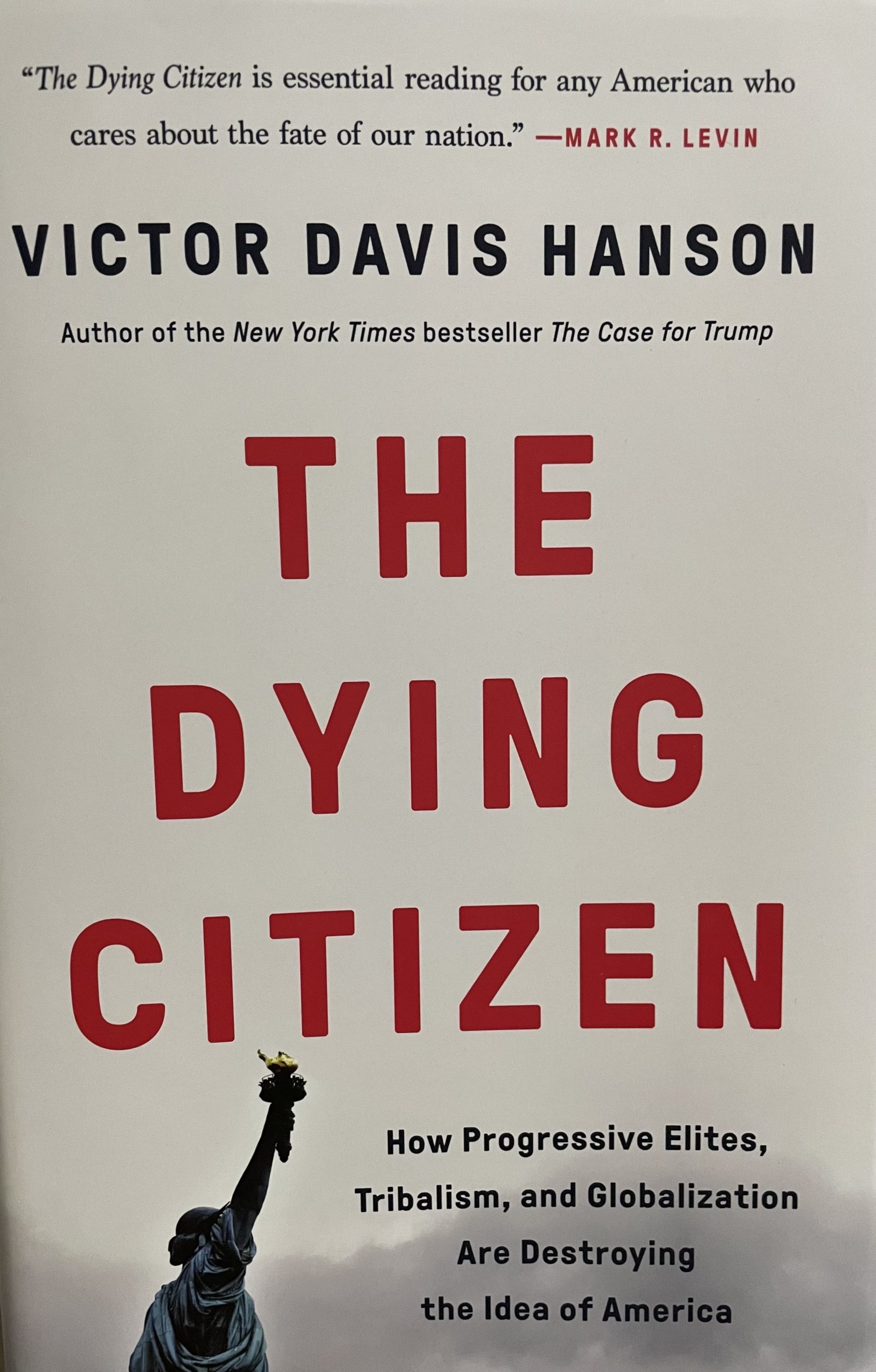The deadliest school massacre in history did not involve a gun; occurred before there were video games or violent television shows yet when God was still in the classroom. It was not committed by some spoiled precocious kid.
A middle-aged Michigan farmer killed thirty-eight kids, ages seven to fourteen, in 1927 by blowing up their schoolhouse in a rural town called Bath. After the explosives he had earlier hid in the basement detonated – he used an alarm clock as a timer – this man then proceeded to drive into the middle of town, calmly waving hello to people as he passed by.
He parked the car and detonated another bomb in his car killing more people. The total body count was thirty-eight kids and six adults killed as well as another fifty-eight people injured.
Then, as now, people looked for answers. It was determined he had a tax grudge against the school district – even though he had been a member of the school board. Such a grudge, though, would not explain killing innocent seven-year-old school students.
School massacres, quite correctly, evoke more emotion than other mass murders. Such horrific incidents are usually followed by media reportage that borders on exploitative. Indeed, it often crosses the border as television ratings increase via the sensationalism.
Others also use the tragedy to further their own interests. Politicians make a mad dash to the news media proclaiming that they will enact legislation that will reduce these calamities if not eliminate them entirely. Gun control organizations use these catastrophes to demonize gun owners and gun ownership and urge the public to enact bans on guns. Mental health organizations ask for increased funding – and on and on, ad nauseum.
The fact is that no one really knows what causes these things. If they did, they would be prevented.
The fact is our government has failed us yet again. Whenever there is a nuclear or some similar disaster involving machines – immediately a team of experts from various disciplines converge on the scene to analyze and interpret every aspect of the disaster to determine who, what, when, where, how and why. Yet when the human machine breaks down, there is no interdisciplinary action team to analyze the incident and develop solutions.
Professor Glenn W. Muschert of Miami University, Ohio, is a sociologist. He published, in 2007, inSociology Compass an online peer-reviewed journal, a study he conducted of school shootings.
Some of his conclusions and revelations were astounding. Why it has not attracted more notice is puzzling.
Muschert noted the lack of a holistic approach to analyzing school shootings. He wrote, “Studies of school shootings have been conducted in a variety of disciplines, including sociology, psychology, and media studies. However, to date there is no unified body of knowledge about such events.”
His study made recommendations “to synthesize past studies, and to orient future studies in school shootings.” He offered “a typology for understanding the varieties of school shooting incidents, including rampages, mass murders, terrorist attacks, targeted attacks, and government shootings.” He presented “a synthesis of the multilevel causes suggested in the research, including those on the individual, community, and social levels.”
But he also examined “the mass media dynamic of school shootings” which reveals some very interesting facts. He said, “Scholars from a variety of disciplines have examined aspects of the media dynamic evident in the phenomenon of school shootings. For example, Maguire et al. (2002) examined the relative levels of media attention garnered by various shooting incidents.Two studies (Haider-Markel and Joslyn 2001; Lawrence and Birkland 2004) found that the mass media tended to characterize school shootings as a problem emerging from inadequate gun control legislation, while Samuels (2000) argued that the Columbine shooters’ actions were guided by the logic of contemporary entertainment media. Lawrence and Birkland (2004) found that political discourse identified mass media as the catalyst for shooting incidents, but Scharrer et al. (2003) demonstrated that the news media tend to absolve themselves from responsibility for school shooting incidents.” (Emphasis not in the original)
Muschert says according to a 1999 study by Prof. Gary Kleck, the notoriety accorded these incidents is deleterious to sober inquiry into the causality. He says there is a Rashomon effect, a subjective interpretation of events that leads one to furnish a plausible, albeit incorrect, or incomplete answer.
Muschert’s study should be a primer for all those seeking to find answers to these unspeakable horrors like the tragedy in Connecticut – especially for the media. His desire for more integration among the scientific fields is a clarion call.
Until we analyze school massacres the same way we examine other disasters, solutions will continue to elude us.
Michael Tremoglie is a past president of the Pennsylvania Association of Scholars and the author of the novel, A Sense of Duty. This article is reprinted, with permission, from the website of Academia Res Publica.










